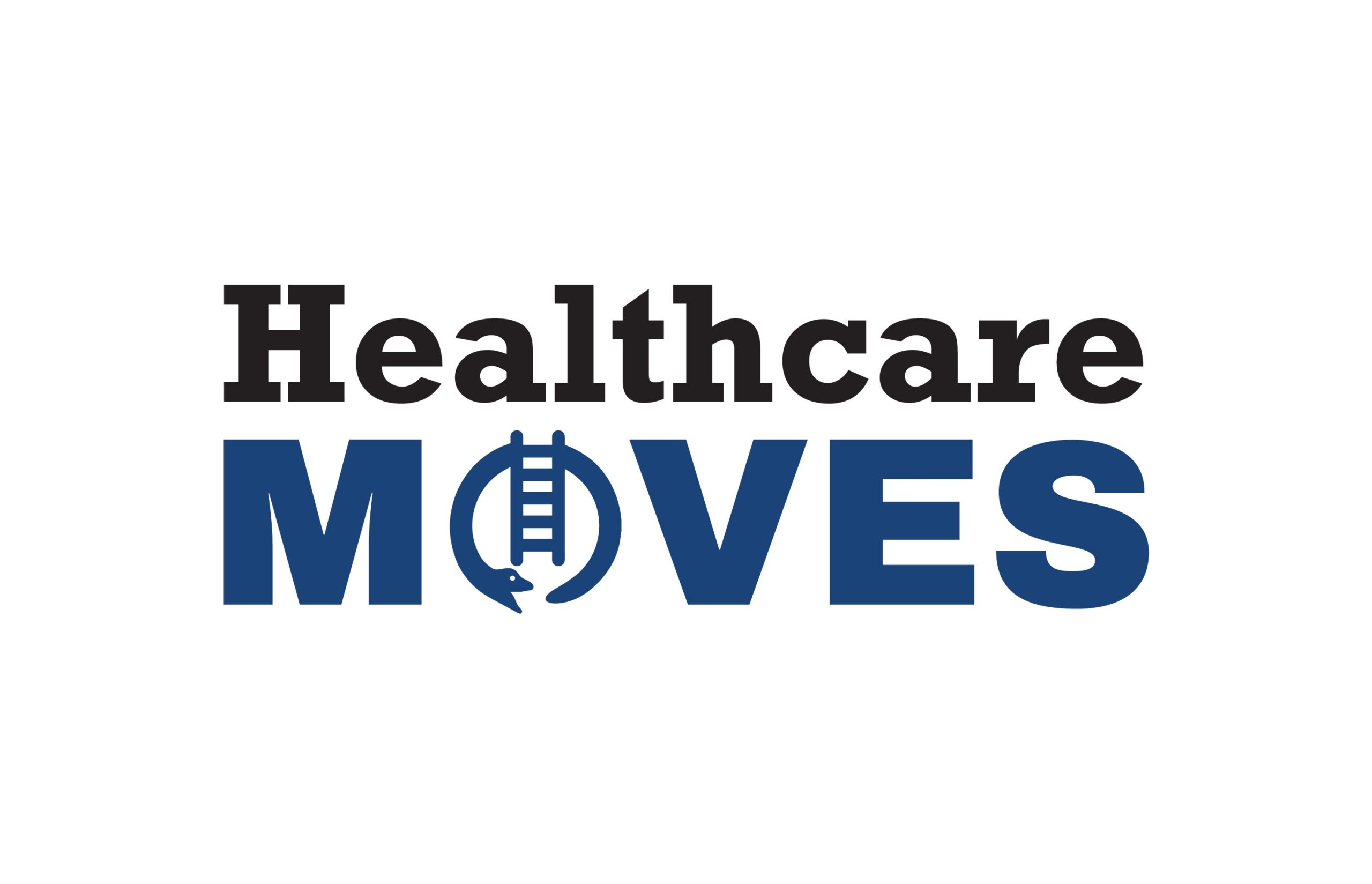“Dr. Fisher, I’m applying to a cardiology fellowship – could I ask you to write me a letter?”
“Sure,” I said, “To whom should I address the letter?”
“Oh, don’t worry about that, I’ll give your administrative assistant a list of the programs.”

With the Rise of AI, What IP Disputes in Healthcare Are Likely to Emerge?
Munck Wilson Mandala Partner Greg Howison shared his perspective on some of the legal ramifications around AI, IP, connected devices and the data they generate, in response to emailed questions.
It sounded innocent enough until thirty-five addresses were forwarded to us for delivery.
While I have written about the challenges that medical students are having obtaining residencies before, it only seems to be getting harder for some. This is, in part, because while medical schools have increased their medical school positions by about 30%, residency slots have only increased at a much slower rate of 8%. Worse, because of funding shortages anticipated from the new health care law, Medicare funding cuts could even mean residents might have to pay for their residency, too:
From Marketwatch:
Just as monumental as graduation day is “Match Day,” when medical school students get sealed envelopes that tell them what city and hospital they’ll be going to for training. But advocates say the number of grads could severely outnumber the amount of residency positions by 2015 — or sooner — if hospitals don’t substantially expand the number of residency positions they offer. While medical school enrollment is on track to grow by 30% by 2016 from 2002 levels, the number of residency training positions have only grown by 8% since 2002, according to the AAMC. Even as there’s an impending doctor shortage, “We’re worried we’re going to have a group of MDs that have studied but can’t practice because they can’t find a training spot,” says Grover of the AAMC. Part of the problem is that there’s a cap on the amount of Medicare dollars that can go to residency programs that has been in place since 1997, when some health experts predicted that there was going to be an oversupply of physicians in the U.S.
About 20% of the $13 billion spent annually on training 110,000 young doctors is provided by Medicare, down from roughly 30% a decade ago, estimates Grover. If Congress doesn’t act to allow Medicare to fund a larger number of positions, hospitals may need to find additional revenue to fill the gap, and some may need to reduce the number of positions they offer, he adds. At a time when the federal government is cutting Medicare spending and some hospitals are already seeing their budgets squeezed, finding additional revenue for new training positions will be tough, says Grover. It’s even possible that graduates might soon also be asked to pay for the training — an option that some insiders say would place an unreasonable burden on already debt-laden doctors — instead of the current model where they are paid while they work at the hospitals, says John Norcini, president of the Foundation for Advancement of International Medical Education and Research: “There’s a whole series of possibilities.”
Westby G. Fisher, MD, FACC is a board certified internist, cardiologist, and cardiac electrophysiologist (doctor specializing in heart rhythm disorders) practicing at NorthShore University HealthSystem in Evanston, IL, USA and is a Clinical Associate Professor of Medicine at University of Chicago's Pritzker School of Medicine. He entered the blog-o-sphere in November, 2005. He writes regularly at Dr. Wes. DISCLAIMER: The opinions expressed in this blog are strictly the those of the author(s) and should not be construed as the opinion(s) or policy(ies) of NorthShore University HealthSystem, nor recommendations for your care or anyone else's. Please seek professional guidance instead.














